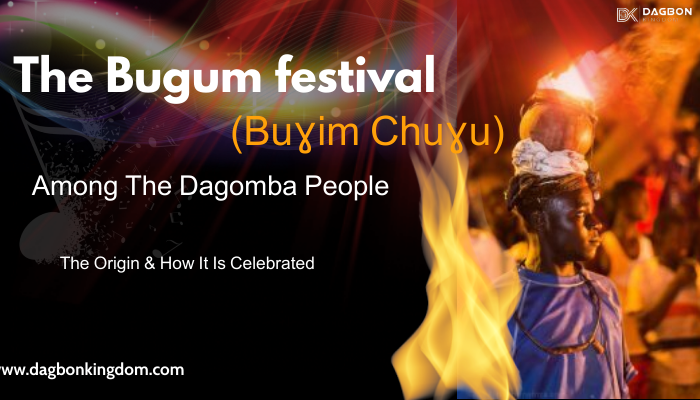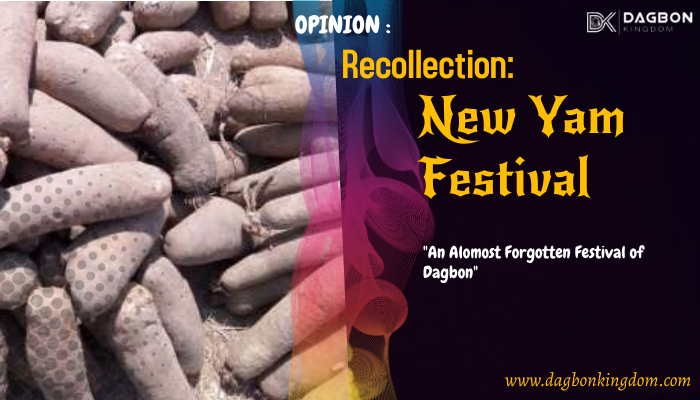Dagomba Marriage is a deeply revered institution that plays a vital role in the culture and society of the Dagomba people. For centuries, marriage traditions in Dagbon have been rich and diverse, with a focus on preserving lineage, maintaining moral values, and celebrating the union of two families. In this article, we will explore the customs and practices surrounding Dagomba Marriage, including the tradition of presenting full or broken cola, the influence of Islamic religion and Hausa culture, and the challenges faced by modern-day marriage processes in Dagbon.
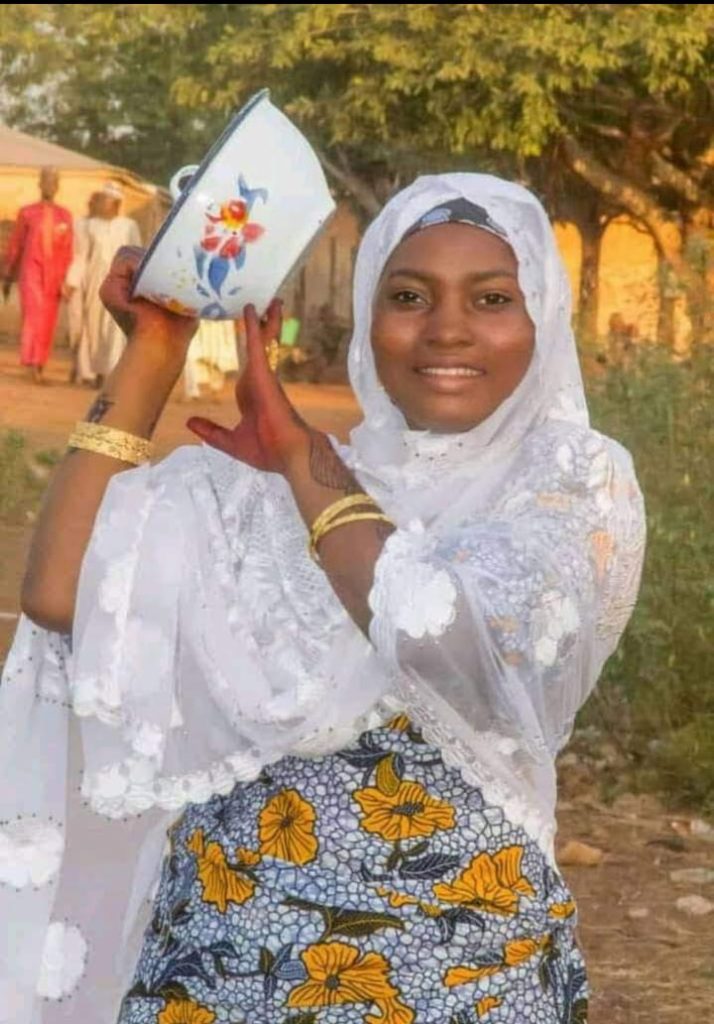
Child Naming in Dagbon : 200+ Dagbon Names & Meaning And Child Naming In Dagomba Custom
Marriage holds significant reverence among the Dagbamba ethnic group residing in the northern region of Ghana. The Dagbamba community views marriage as an essential step that every family member must take to ensure the continuity of their lineage throughout generations. Consequently, derogatory terms are often assigned to family members who have not made the courageous decision to marry. A man without a wife is commonly referred to as “Dakoli,” while an unmarried woman of marriageable age is known as “Paga zilli.”
Dagomba Marriage: The Process of Marriage in Dagbon kingdom:
Among the Dagbon people, the process of marriage begins with courtship, known as “paga lagbu,” and concludes when the woman is sent to the husband’s home, referred to as “paga kulisibu.” When a man develops an interest in a lady, he approaches her through a mutual acquaintance and initiates the practice of presenting her with gifts (pini). In this scenario, the man strives to win the affection of the lady, considering the possibility of competing suitors. This competition extends to the woman’s family, particularly her guardian or parents. Suitors engage in this practice to demonstrate their capability of providing for their potential wife.
During this competitive phase, the family utilizes the gifts, often money, to consult a diviner. This consultation aims to identify the most suitable suitor for their daughter. Once the family decides on a suitor, they inform the man’s parents to come forward and request the lady’s hand in marriage. This step is taken with the lady’s consent. If the lady does not express interest in the chosen man, the process does not proceed. This stage of the marriage process is known as “paga lagbu” or marriage proposal. However, in certain cases, the lady may be obligated to marry the chosen man.
Giving the Lady’s Hand in Marriage:
The subsequent stage in the Dagomba marriage process is referred to as “paga tibu.” During this phase, the suitor’s family formally visits the lady’s family to seek her hand in marriage. Usually, the head of the suitor’s family (Daŋkpɛma) carries out this visit through an intermediary known as “Chɛmlana.”
The Chɛmlana is a respected elder, often residing in the same community as the lady. The Chɛmlana acts as a bridge between the families of the man and woman. Great care is taken when selecting the Chɛmlana, as their reputation plays a crucial role in convincing the lady’s family to give their daughter in marriage to the suitor.
Aboriginal Dagombas: Aboriginal Dagombas : Before The Advent Of Yananima
Dagomba marriage: Showing Appreciation
When the girl’s family grants their blessings for the suitor to marry their daughter, the next step involves the suitor’s family demonstrating their gratitude by performing the necessary marriage rituals. In traditional Dagbon society, the suitor’s relatives visit the lady’s home with offerings such as a white fowl, alcohol, cola, and a sum of money.
Prior to the suitor’s arrival, the head of the lady’s family gathers other prominent family members to witness the ceremony. Once the suitors depart, the family head uses the white fowl to appease the family deity (dang tia) and pours libation to their ancestors. They express gratitude for guiding their daughter to a suitable husband and seek blessings for the forthcoming union.
They then partake in a celebratory drink and share the cola among themselves and with other households and distinguished individuals in the community, notifying them that a specific daughter has been married to a suitor. This stage, known as “paga puhigu,” is considered the official marriage between the bride and groom.
Paga Kulisibu (Sending the Bride to Her New Home):
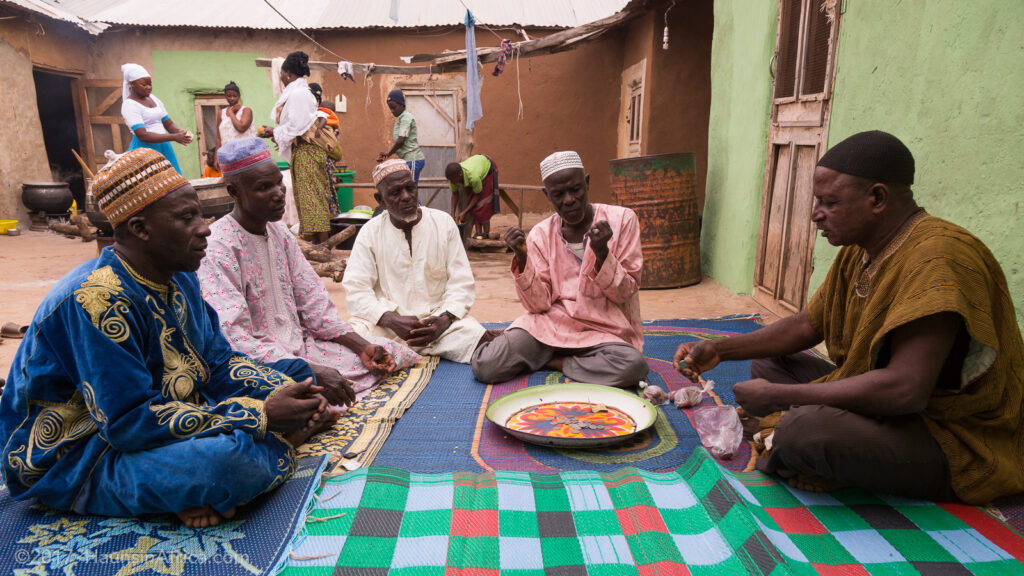
After the bride has been officially handed over to the groom, she remains in her parent’s house until the groom’s family requests her to be brought to her new home. This request is made by sending cola and a sum of money as a formal appeal to have their wife brought to them. A specific date is then set for the bride to join her husband, with Saturdays and Wednesdays being preferred in Dagbon culture. The Dagomba people believe that when auspicious events occur on these days, they are likely to be repeated. Therefore, they prefer to carry out positive events on Saturdays and Wednesdays, avoiding funerals during those times.
When the designated date arrives, the groom informs his friends to gather and witness the arrival of his bride. The ceremony of sending the bride to join her husband takes place during the early hours of the night, and it involves a male and a female companion.
In the past, the female companion accompanying the bride carried a drinking calabash known as “pipia,” which would be used to fetch water for the husband. The male companion, on the other hand, was given a stick called “Jaangbee,” intended to deter the bride from changing her mind during the journey. In a typical African community where moral values hold great importance, young girls are taught to be cautious around men until after marriage. This can make the bride hesitant to leave for her husband’s house, and some may resist or even run away midway.
Mole Dagombas: Damba Festival: A Celebration Of Dagbon Royalty.
Saandi Ningbu (Receiving the Bride):
When the bride is finally brought to the groom’s house, it is customary for the groom to receive them by slaughtering a fowl and preparing a suitable meal for the accompanying man and woman. The fowl, usually a hen, is shown to them before being killed. The meat from the fowl is placed before them, and they are expected to choose only the leg (gbali) and the wing (bili), returning the rest to the household.
Following the feast, the visitors are shown to their rooms for the night and provided with a reasonable amount of money for their journey back home the next day.
The new bride initially stays in her mother-in-law’s room for two days before she is allowed to enter her husband’s home. During this period, the groom’s mother takes the opportunity to educate her daughter-in-law about her marital responsibilities, despite the possibility that she may have already learned about them at home. It also allows the new bride to socialize with the groom’s family and become familiar with her new surroundings.
The Tradition of Full or Broken Cola in Dagomba Marriage::
In the past and still in places where tradition holds great value, the practice of presenting full or broken cola refers to the bride’s first night in her husband’s room. This night is considered a test to determine whether the lady has preserved her virginity until marriage. A white cloth is laid as a bedspread during their honeymoon, and if it becomes stained with droplets of blood, it signifies that the woman has maintained her purity.
The following day, the groom’s family sends a full bowl of cola to the bride’s family as a congratulatory message. The condition of the cola sent indicates whether the woman married as a virgin. If none of the cola is broken, it signifies that the woman maintained her virginity. However, if one of the cola is broken, it indicates that the groom did not marry the bride as a virgin.
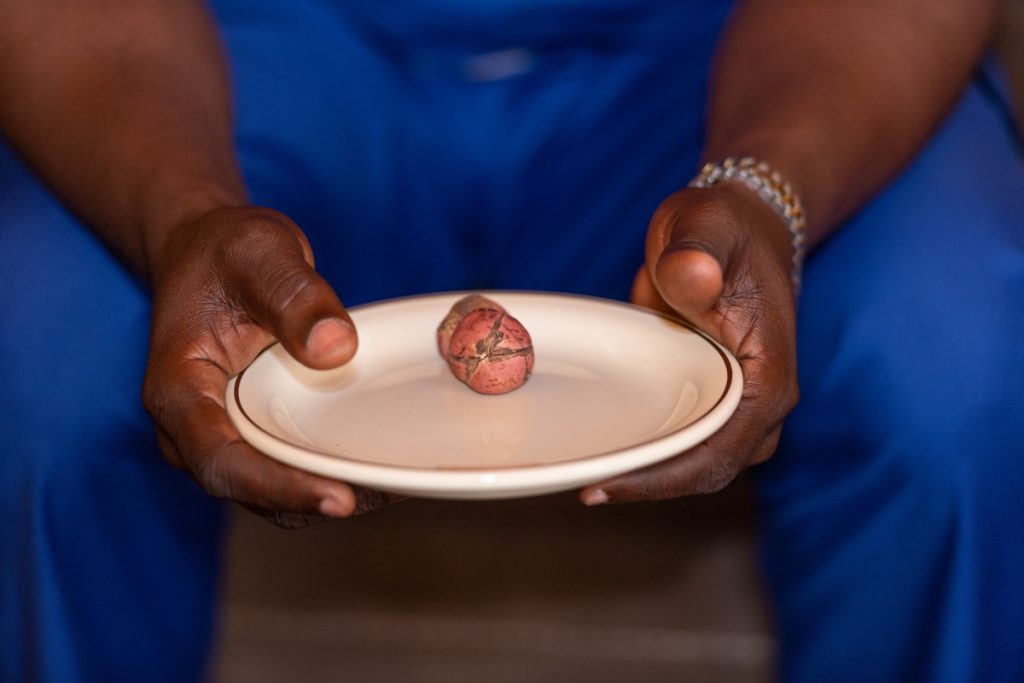
The Bang-gari: The Bang Gari; Dagbon’s Unique Quantum Metallic Bracelet
It is important to note that marriage practices in Dagbon can vary from one community to another. Certain customs and practices familiar to Eastern Dagbon (Naya) may be unfamiliar to those from Western Dagbon (Tomo). Furthermore, it is worth mentioning that modern-day marriage processes in Dagbon have become more complex compared to the past. The influence of the Islamic religion and Hausa culture has modified the traditional marriage practices of the Dagomba people.
Today, especially in larger communities like Tamale, Yendi, Savelugu, and others, marriage has become more expensive and time-consuming. This situation has made it difficult for young men starting their lives to find wives. The consequence of this is a decline in moral values, and many young girls end up getting pregnant before they have the opportunity to marry.
Despite these challenges, marriage remains an esteemed institution in Dagbon, and wedding occasions continue to take place throughout the year. The Dagomba people hold marriage in high regard, considering it a crucial step for the continuity and prosperity of their lineage. The institution of marriage is seen as a means of preserving the family’s heritage and ensuring the growth of the community as a whole.
Bugum festival : The Bugum festival ( Buɣim chuɣu) among the Dagomba people :
It is important to note that while traditional practices still hold significance, there is an intertwining of tradition, Islamic customs, and Hausa culture in contemporary Dagomba marriage ceremonies. Islamic influence can be observed in the inclusion of Islamic rituals, such as the involvement of imams in the marriage process and the recitation of Islamic prayers during wedding ceremonies. The influence of Hausa culture can be seen in certain aspects of the marriage attire, music, and dance styles.

In conclusion, the institution of marriage among the Dagomba people is deeply revered and plays a vital role in their culture and society. The process of marriage involves courting, marriage proposal, formal visitation, appreciation ceremonies, and the final step of sending the bride to her new home. While there may be variations in practices across different communities, the essence of preserving lineage, maintaining moral values, and celebrating the union of two families remains at the core of Dagomba marriage traditions.


